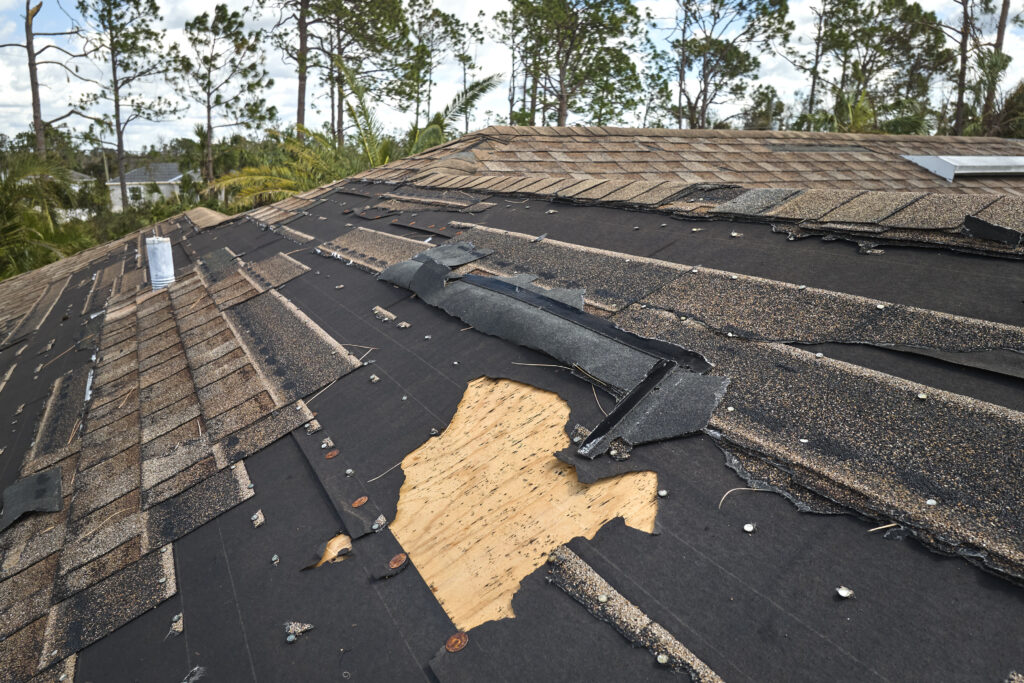Understanding the Cost of a New Roof: What Homeowners Need to Know

One of the most common questions I get asked as a roofing professional is, “How much does a new roof cost?” I understand why it’s such a pressing concern—after all, your roof is one of the most significant investments you’ll make in your home. But as much as I’d love to give you a straightforward answer, the reality is that roofing costs can vary widely depending on several factors. In this blog, I’ll break down what goes into the cost of a new roof and what you should consider when planning for this critical home improvement project.
The Basic Factors of Roofing Costs
Square Footage and Complexity
First things first, let’s talk about the basics. The size of your roof is a big factor in determining the cost. In the roofing world, we often talk in terms of “squares,” with one square equaling 100 square feet (a 10×10 area). Homeowners usually think in terms of total square footage, so to estimate the size of your roof, you’d divide your roof’s square footage by 100.
But size isn’t the only factor. The complexity of your roof also plays a significant role. Is your roof steep? How many layers does it have? How much flashing is involved(chimneys, side walls, valleys, pipes, etc.)? All these elements can drive up the cost to replace your roof in the Akron and Cleveland areas.
Business Models and Installation Quality
One of the most perplexing aspects of roofing for many homeowners is the wide range of quotes they might receive for the same job. You might wonder, “How can one company quote me one price, and another company quote me something completely different?”
The answer often lies in the business model of the roofing company. Varied marketing budgets, overhead, employee benefits, compliance with safety and tax laws, correct insurances, etc. all mean it is possible to get prices that vary by as much as 300% from lowest to highest. It’s also not uncommon for some companies to inflate their initial quote, only to drop the price significantly during negotiations. This practice can create a false sense of getting a “deal,” but it raises questions about the company’s trustworthiness.
The Impact of Labor and Material Costs
The cost of roofing materials and labor has surged in recent years, driven by the need for products that can endure Ohio’s diverse climate and increasingly unpredictable weather patterns. Our state experiences everything from harsh winter snowfall to sweltering summer heat, requiring durable, high-quality materials that can stand the test of time. Unfortunately, cheaper, less resilient options simply aren’t viable, which pushes up overall roofing costs.
At the same time, labor expenses have also risen significantly, contributing to the doubling of roofing costs over the past decade. For companies like ours that handle both retail roofing and insurance-related work, the complexity of managing insurance claims adds another layer of expense. The additional administrative work involved in navigating these processes often results in higher costs for homeowners.
The Importance of Prioritizing Experience over Affordability
More Than Just a Job, It’s a Skilled Trade
Roofing has traditionally been seen as a job rather than a skilled trade. However, this perception is changing. Modern roofing requires a level of expertise that wasn’t always necessary in the past. The building commissioner for a city once noted that roofing used to be something any contractor could do, often with minimal experience. Today, companies like ours are working to elevate roofing to a professional trade, requiring skill and precision.
The Lack of Licensing Requirements in Roofing
One of the most concerning aspects of the roofing industry, particularly in states like Ohio, is the lack of licensing requirements. Unlike trades such as HVAC, plumbing, or electrical work, roofing doesn’t require a state-issued license. This means that anyone with basic tools can claim to be a roofer, even without proper training or experience. As a homeowner, this underscores the importance of carefully vetting any roofing contractor you consider hiring.
Why Proper Installation is Crucial
One of the most important things I tell homeowners is that the quality of your roof installation is often more crucial than the materials used. Most roof failures aren’t due to defective shingles—they’re the result of improper installation of underlayments, flashing, and other components of the roofing system. At Spartan StormShield, we’ve seen roofs that are just a few years old that needed to be completely redone because of issues with the installation. That’s why we emphasize doing the job right the first time.
A Real-Life Example: The Importance of Installation Quality
We recently encountered a situation where a homeowner needed a new roof just one year after their previous roof was installed. The original installation was done so poorly that the homeowners decided to pay out of pocket to have us redo the roof properly, rather than pursue legal action against the original contractor, given the low likelihood of collecting anything from the ‘startup’ storm-chasing company they had initially hired. They knew that investing in a high-quality roof was essential for their “forever home.”
Conclusion: What You Need to Know About Roofing Costs
When budgeting for a new roof, it’s essential to understand that the cost is influenced by many factors, including the size and complexity of your roof, the materials used, the company’s business model, and the quality of installation. While the price range for a new roof can be broad, doing your research and selecting a trustworthy contractor will help ensure that you get a roof that will protect your home for years to come. Remember, the cheapest option today isn’t always the most cost effective long term, and investing in quality installation is key to avoiding costly problems down the line.



